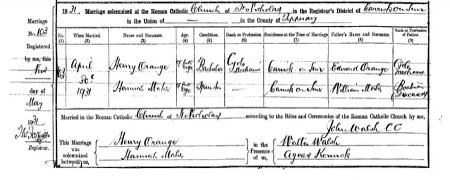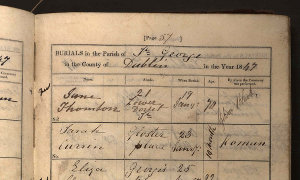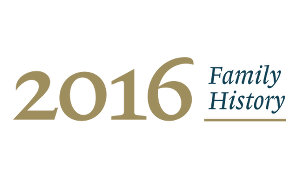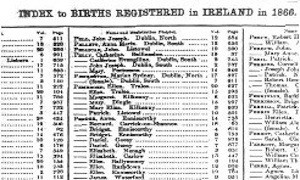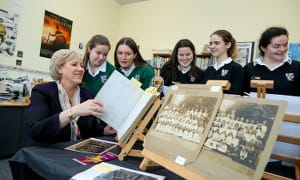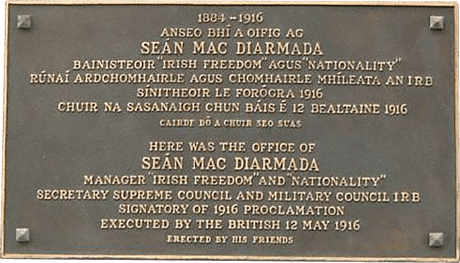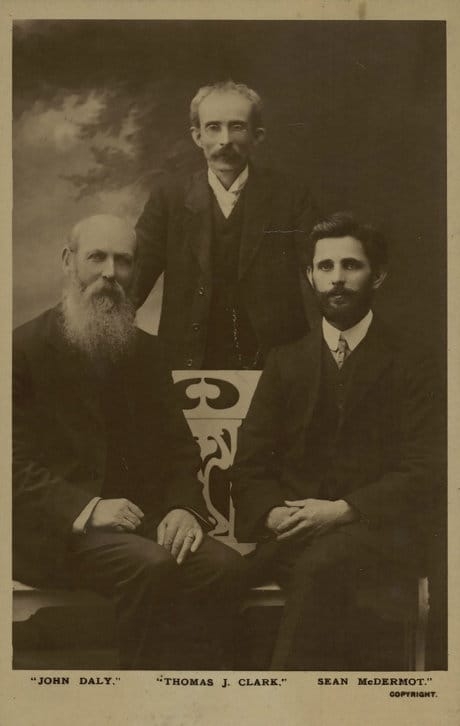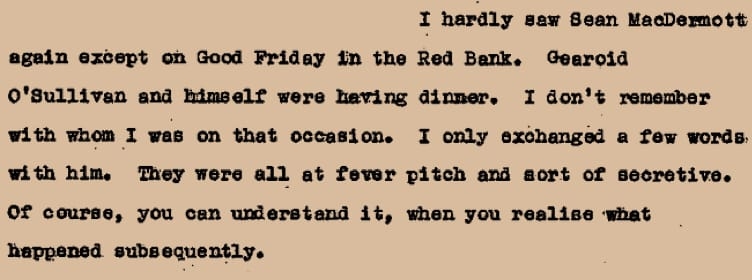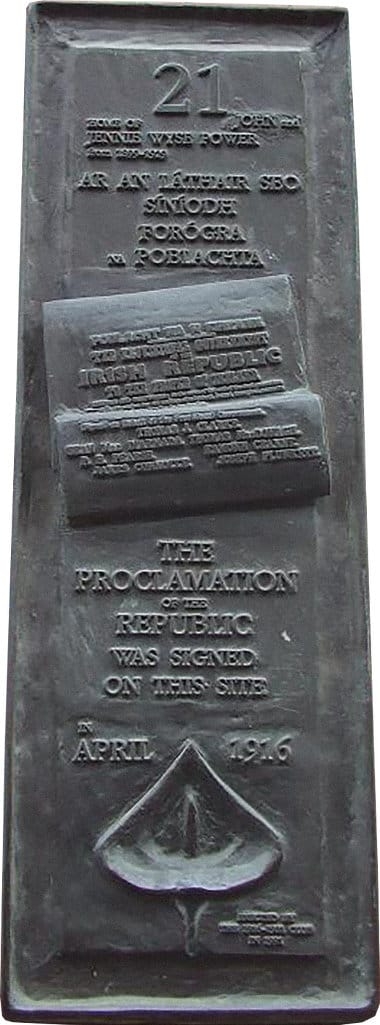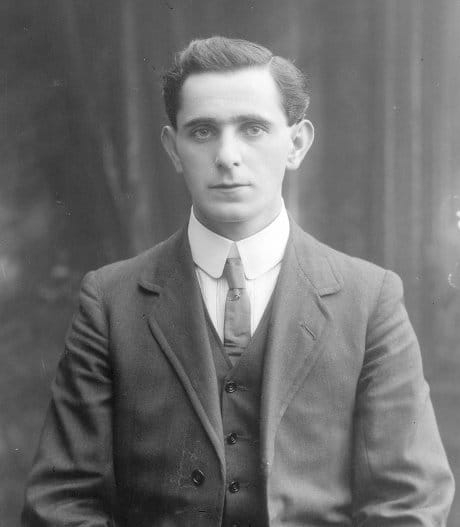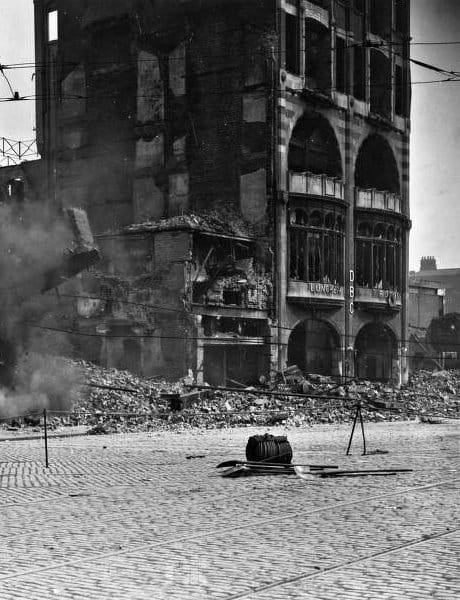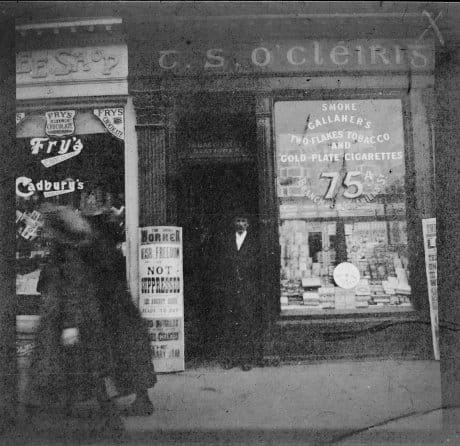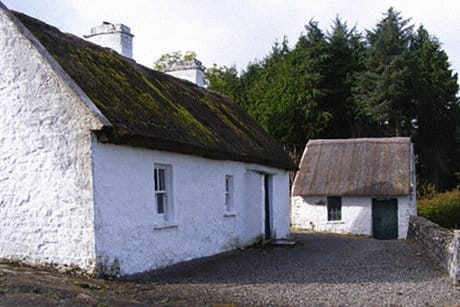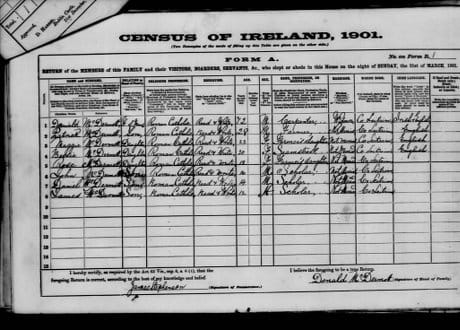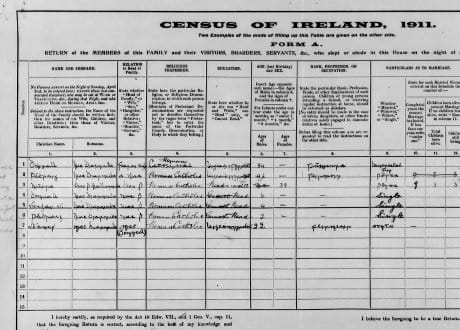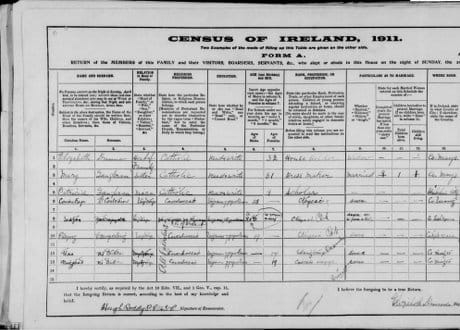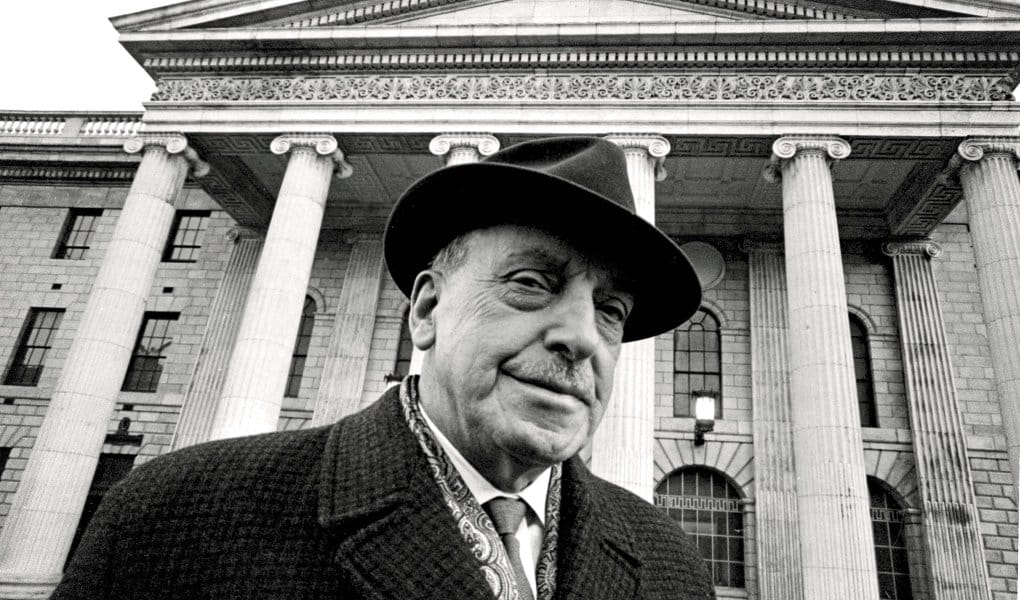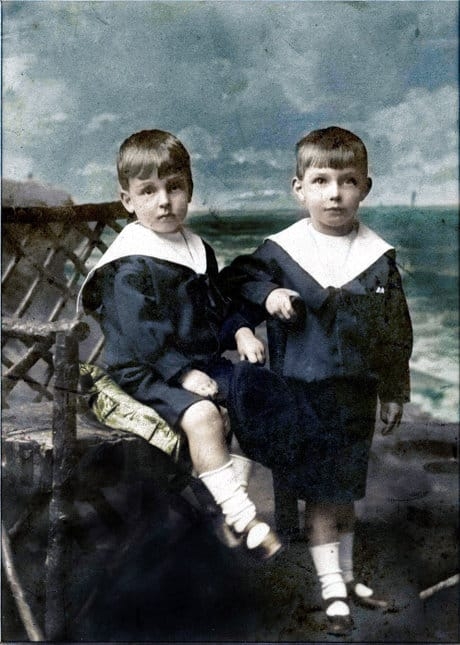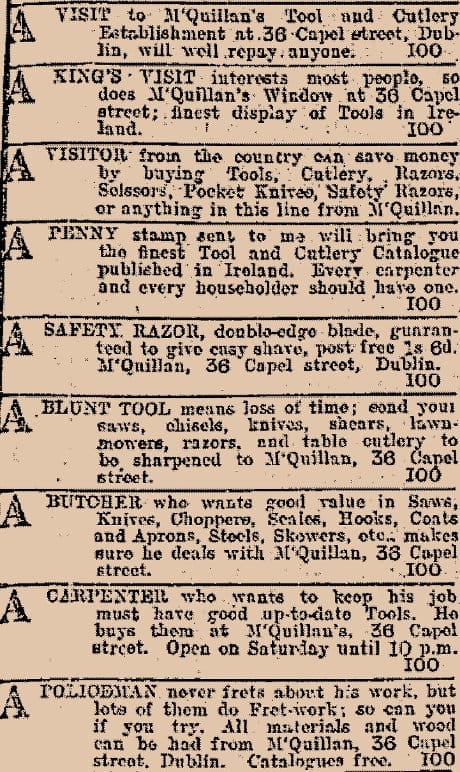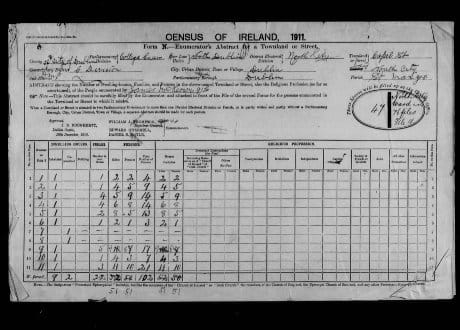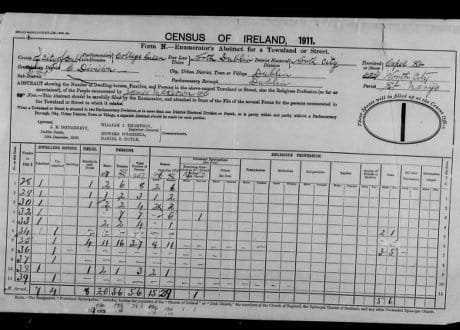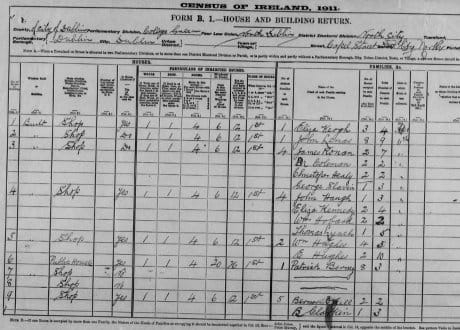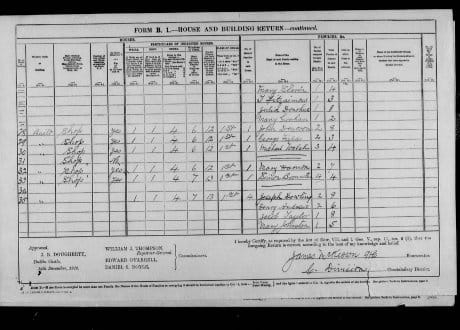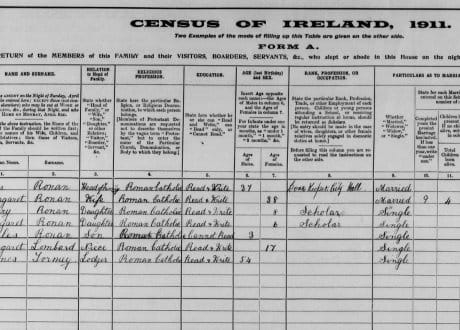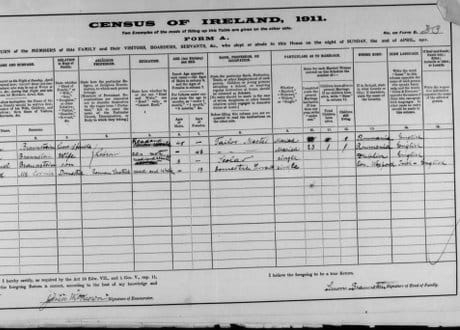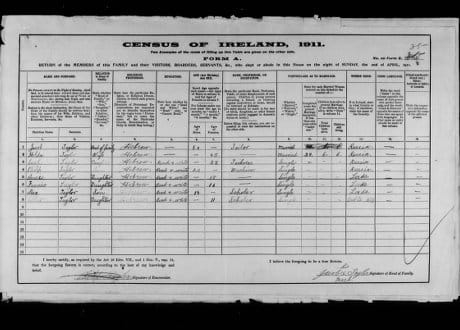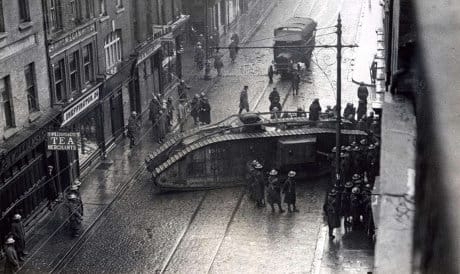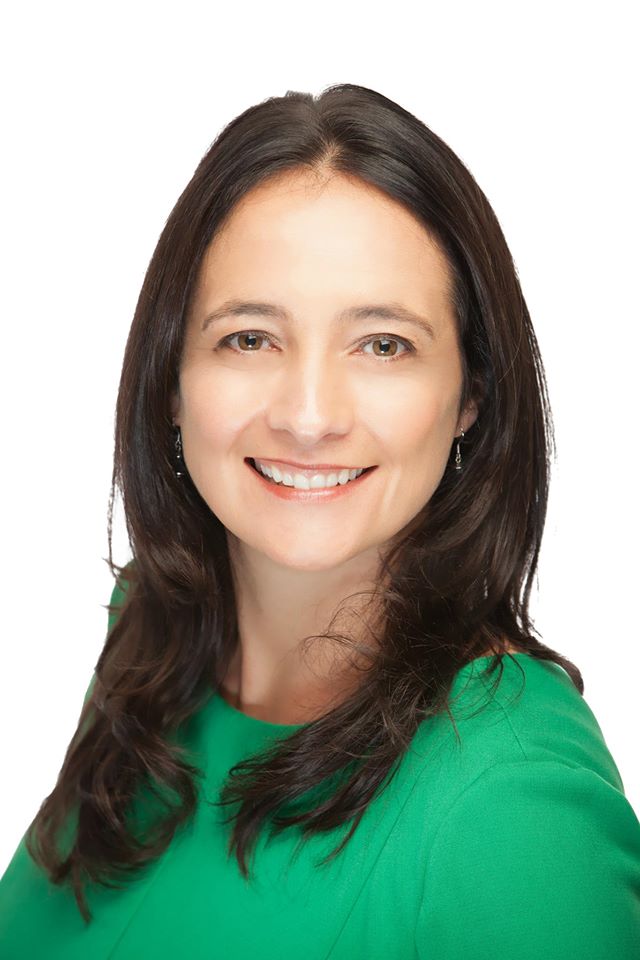Introduction (Learning Resources)
Family Research 2016 Learning Resources: Introduction
This project encourages students to create a family tree which takes them back to life as experienced by their ancestors in 1916. In this way students can gain an understanding of the social and political conditions of the period.
Intended as a ‘voyage of discovery’ there are no rigid rules. The subject of the project can come from the student’s own family, or a person from their own locality. The project may be attempted by individual students or a group of students. Check the full briefing notes on Scoilnet 1916 Ancestry Project.
Students at all levels, primary to senior post-primary may attempt the research at appropriate difficulty levels. This is entirely at the discretion of the class teacher.
Students whose families originally came from outside of Ireland may wish to trace their family’s roots back to where they were living in 1916.
Case Studies
Two case studies illustrate a possible approach to the relevant online archives. Only sources available in the key archives are used. Each case study investigates a lesser known aspect or event in the lives of Seán Mac Diarmada and Seán Lemass in 1916.
Seán Lemass and Seán Mac Diarmada
Both were in the GPO during Easter Week, but apart from that shared experience, their paths to the Rising were very different: Lemass, an unknown 16 year old, had been a member of the Volunteers for only fifteen months, while Mac Diarmada was one of the key planners of the Rising and a well-known figure in Nationalist Ireland.
After the Rising, their fate was equally very different: Lemass was quickly released from detention because of his youth and he would eventually become Taoiseach of the independent state. Mac Diarmada was to die by firing squad within a fortnight of the surrender of the rebels.
Starting the Project
-
Locate and gather the evidence, consulting the core websites for family research, beginning with the relevant Church, Civil and Census records below. If your subject was politically involved, search the records in Bureau of Military History and Military Service Pensions collections.
Offline, gather any information in family or locality about your subject. Scan any photographs or medals, or photograph buildings or artefacts which might illustrate social conditions in 1916.
Browse the additional online resources listed below for a variety of relevant links, to interactive maps, video and audio clips and historic photographs.
Templates: Family Tree – Transcription form for Census 1901 and 1911; Census form advice sheet.
-
Log, organise and analyse your sources. Make a list of the sources you have consulted and state in what way you have found a source useful.
Template: Record sheet.
-
Present and publish. Once the project is completed in your chosen format, upload to Scoilnet 1916 Ancestry Project.
Templates
A number of downloadable templates are provided as a guide to the different archives and sources. These include:
Online Resources
Key Archives
1. Irish Genealogy.ie
A portal site for key Church and Civil records. Fully searchable under multiple headings: ‘person’, ‘location’, ‘date’.
2. The National Archives
A portal repository for the essential records of this period, including:
- Census of 1901 and 1911
- Contextual information on early 20th century Ireland
- Dublin Metropolitan Police (DMP) Movement of Extremists, 29 March 1915 – 20 April 1916
3. Bureau of Military History
Witness statements, contemporary documents and a small collection of images and audio recordings, relating to 1916 and the War of Independence. Fully searchable under name and location. Covers the period 1913 – 1921. Guide to the collection here.
4. Military Archives
Military Service Pensions Collection: files belonging to individuals with recognised service during 1916, the War of Independence and the Civil War, who applied for pensions. Complements the Bureau of Military collection. Fully searchable.
Rising in Transition: a collection of 1916 themed lesson plans for transition year students.
Additional Online Resources
5. The National Library
An online document-based exhibition, entitled The 1916 Rising: Personalities and Perspectives, affords a comprehensive historical overview of the Rising.
Digital photographic collection which illustrates social conditions in Ireland from the late 19th century.
6. Newspapers
Includes both national and local papers:
- Irish Times Archives (available free of charge through schools and within public libraries in Ireland)
- Irish Newspaper Archives (available free of charge within public libraries in Ireland)
7. Dictionary of Irish Biography
Available free of charge to students through Scoilnet and within libraries in Ireland.
8. RTÉ: Century Ireland
An online historical newspaper which provides a wealth of visual, archival and contextual material recounting events in Irish life 100 years ago.
9. RTÉ Archives
Unique archive of film and radio interviews with those who were key witnesses to the events of the Rising and War of Independence.
They Remember 1916: Seven radio interviews, recorded in 1946 with individuals who had personal recollections of the 1916 Rising.
The Survivors: Five TV interviews, recorded in 1964 but never previously broadcast, with individuals who had taken part in the Easter Rising and the War of Independence.
They Were There: Fifty witness accounts of 1916 events on interactive map. An interactive map of revolutionary Dublin with accompanying accounts from individuals who witnessed events taking place on the streets.
Golden Jubilee: Footage from events around the country during the commemorations in 1966.
10. Google Tour of the 1916 Rising
A virtual tour through the key sites and events of the rebellion.
11. The Irish Revolution
A collaborative online project between University College Cork and the Irish Examiner, which highlights in particular many of the events in the South.
12. Dublin City Library
Holds some unique items which casts a different light on the events of Easter week including the 1916 Rising Dublin Fire Brigade Logbook.
13. Leinster House Historical Talks
A series of short lectures from Leinster House on topics relevant to 1916, including Women and 1916.
14. The Irish Flag
An educational site, dealing with the history of the tricolour which was raised at the GPO during Easter week.
15. TCD: Changed Utterly: Ireland and the Easter Rising
Varied collection of diaries, photos, letters and pamphlets drawn from the Library of TCD.
16. UCD: The History Hub
A series of podcasts, documents and research papers relating to the 1916 Rising.
17. Maynooth: The Letters of 1916
An online collection of letters about Ireland written around the time of the Easter Rising. See Rising in Transition.
